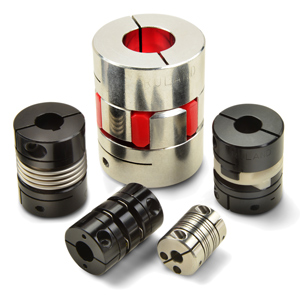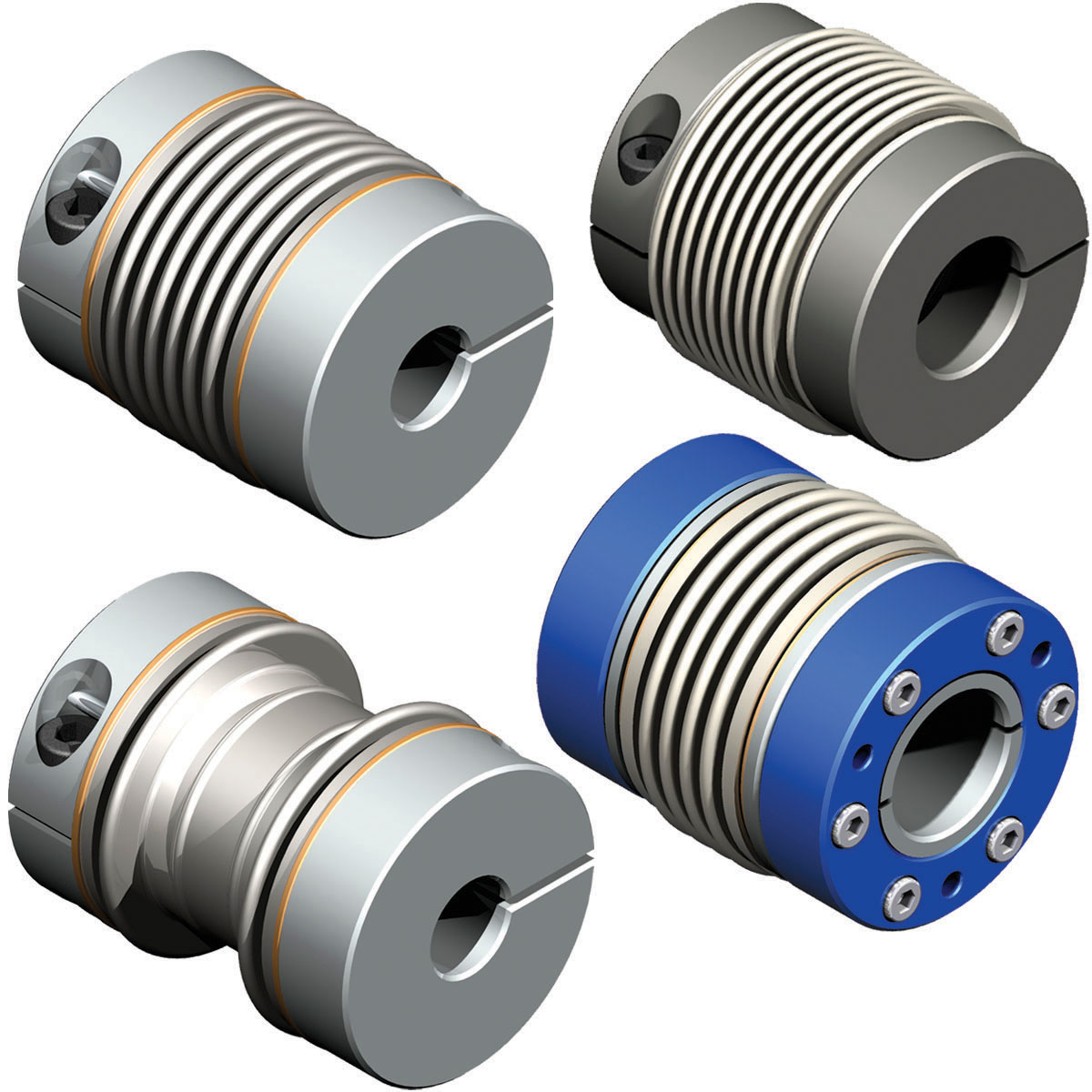Product Description
SG7-12-56 Industrial grade servo motor flexible coupling
1. Product description :
| Material: | Aluminum alloy / Stainless steel | |||
| Applications: | Automation equipment and Servo Motor , CNC machine . Industrial large-scale cabinet, oven, test chamber , Container. Truck. |
|||
| Biological medical equipment, Lab equipment , Vehicle.Cabinet | ||||
| Surface Finishing: | Brightness chrome plated, Polishing | |||
| Installation: | Easy to install, Left and right side install | |||
| Features: | Durable, Secure, High Quality | |||
| Advantages: | 1.Variety types fpr selection, prompt deliver | |||
| 2.Well-equipped with extensive sales network | ||||
| 3.Advanced Production equipment and production technique) | ||||
| 4.Competitive Price(Factory direct price)with our good service | ||||
| 5.Different designs are available according to customers requests | ||||
| 6.Excellent quality testing equipment,100% inspection on critical dimension | ||||
| Quality Controlling: | ||||
| 1.QC control:100% inspection on critical dimension | ||||
| 2.Chek the material before the production | ||||
| 3.Have the random inspection during the productipn | ||||
| 4.Make the 100%inspection before the shipment | ||||
2. Drawing and picture
3. Company information :
4. Contact us :
/* January 22, 2571 19:08:37 */!function(){function s(e,r){var a,o={};try{e&&e.split(“,”).forEach(function(e,t){e&&(a=e.match(/(.*?):(.*)$/))&&1

Accommodating Varying Torque and Speed Requirements with Servo Couplings
Servo couplings are versatile components designed to accommodate varying torque and speed requirements in different applications. Their ability to transmit torque while compensating for misalignment makes them suitable for a wide range of motion control systems. Here’s how servo couplings can accommodate varying torque and speed requirements:
- Torque Capacity:
Servo couplings come in various designs and materials, each with its unique torque capacity. By selecting the appropriate coupling type and material, you can match the coupling’s torque capacity to the requirements of the application. For higher torque applications, steel or stainless-steel couplings are preferred, while aluminum or plastic couplings may suffice for lower torque applications.
- Misalignment Compensation:
In motion control systems, shaft misalignment can occur due to various factors. Servo couplings can compensate for angular, parallel, and axial misalignments, ensuring smooth operation even when the shafts are not perfectly aligned. This feature helps prevent excessive stress on the coupling and the connected components, making them suitable for applications with varying misalignment conditions.
- Dynamic Response:
High-speed motion control systems often require a coupling with excellent dynamic response characteristics. Flexible couplings, such as bellows or elastomeric couplings, can handle rapid changes in speed and direction, providing the necessary flexibility for dynamic applications.
- Damping and Vibration:
Some applications may experience vibrations or shocks during operation. Servo couplings made of materials like elastomers or plastics can act as vibration dampeners, reducing the impact of shocks and vibrations on the system.
- Customization:
In certain cases, off-the-shelf servo couplings may not fully meet the specific torque and speed requirements of a particular application. In such situations, manufacturers may offer customized servo couplings tailored to the application’s needs, providing a solution that precisely matches the system’s requirements.
Overall, servo couplings are designed to be adaptable and flexible, making them suitable for a wide variety of torque and speed requirements in different motion control applications. Proper selection and installation of the right type of servo coupling can significantly contribute to the overall efficiency, performance, and longevity of the motion control system.

How Servo Couplings Help in Reducing Vibrations and Resonance during Operation
Servo couplings play a crucial role in reducing vibrations and resonance during the operation of motion control systems. Here’s how they achieve this:
- Damping Properties: Some servo couplings, especially those made from materials with high damping properties, can absorb and dissipate vibrations. These couplings act as shock absorbers, reducing the impact of sudden changes in motion and minimizing vibrations in the system.
- Flexibility: Flexible servo couplings have the ability to compensate for misalignments between the motor and the driven load. This flexibility helps distribute the load evenly, preventing excessive forces that may lead to resonance. By accommodating misalignments, flexible couplings also reduce stress on the motor and bearings, minimizing vibrations.
- Vibration Isolation: Some servo couplings, such as elastomeric couplings, have inherent vibration isolation properties. The elastomeric material acts as a cushion, isolating the motor and driven load from external vibrations and disturbances that could affect system performance.
- Reduced Backlash: Zero-backlash couplings eliminate play between coupling components, preventing sudden changes in motion direction. This reduction in backlash reduces the chances of vibrations caused by rapid acceleration or deceleration and ensures smooth and stable motion.
- Dynamic Balancing: Certain servo couplings are precisely balanced during the manufacturing process. This dynamic balancing helps counteract any rotational imbalance in the system, reducing vibrations caused by uneven distribution of mass.
- Torsional Stiffness: Servo couplings with appropriate torsional stiffness prevent excessive twisting or deflection during operation. This stiffness maintains the stability of the system and minimizes vibrations.
By effectively reducing vibrations and resonance, servo couplings contribute to the overall performance and reliability of motion control systems. The selection of the right coupling type, taking into consideration the specific requirements of the application, is essential to ensure optimal vibration damping and smooth operation.

Types of Servo Couplings Used in Industrial Automation
Industrial automation often relies on servo couplings to achieve precise motion control and power transmission between servo motors and driven loads. Different types of servo couplings are available, each designed to suit specific application requirements. Here are some common types of servo couplings used in industrial automation:
- Flexible Beam Couplings: Beam couplings are made of a single piece of material with cuts along the length of the coupling, resembling multiple helical beams. They offer flexibility in multiple directions and can handle angular and axial misalignments. Beam couplings are well-suited for applications that require high torsional rigidity and low inertia, making them ideal for high-speed and high-precision systems.
- Bellows Couplings: Bellows couplings consist of a thin-walled metal bellows element that allows angular and axial misalignments. They provide excellent torsional stiffness and low backlash, making them suitable for applications requiring high precision and torque transmission. Bellows couplings are also known for their ability to handle high-speed applications while maintaining accuracy.
- Oldham Couplings: Oldham couplings have three components: two hubs and a center disc. The center disc connects the hubs and allows misalignment compensation in two directions while eliminating backlash. These couplings are effective in applications that require high torque transmission and moderate misalignment tolerance.
- Servo Motor Couplings: Servo motor couplings are specifically designed for use with servo motors. They are versatile and can come in various configurations, such as jaw-type, disk-type, or elastomeric couplings. They offer good misalignment compensation and are suitable for medium- to high-torque applications with moderate to high precision requirements.
- Disc Couplings: Disc couplings consist of thin metal discs stacked alternately to allow angular misalignment. They offer high torsional stiffness and can handle high torque loads while maintaining accurate motion. Disc couplings are commonly used in high-performance servo motor applications where precision and reliability are critical.
- Jaw Couplings: Jaw couplings have two hubs with elastomeric elements in between. They are capable of compensating for small amounts of angular, parallel, and axial misalignments. Jaw couplings are popular in light to medium-duty applications due to their simplicity, cost-effectiveness, and ease of installation.
When selecting a servo coupling for industrial automation, it is essential to consider factors such as torque capacity, misalignment compensation, speed, precision, and environmental conditions. Each type of servo coupling offers distinct advantages and limitations, so choosing the most suitable type will depend on the specific requirements of the application.


editor by CX 2024-03-10
